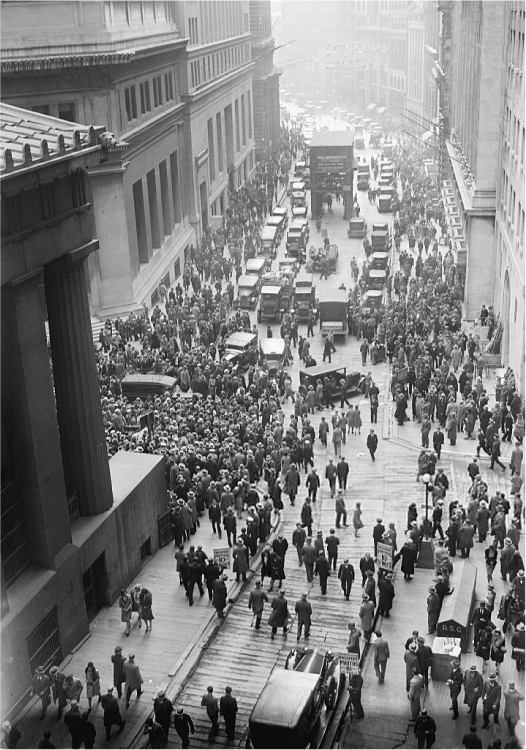Chapter 11: 1920-1932 Inquiry Organizer

Compelling Question: How did the modernization of the American economy and society lead to cultural conflict during the 1920s? |
|
Chapter Objectives:
|
| Supporting Question 1: What challenges did the government face during the Progressive Era and the 1920s? | Resources:
|
| Supporting Question 2: How did culture change as a result of the modernization of the economy and society? | Resources:
|
| Supporting Question 3: What caused the Great Depression and what were the government’s responses to the crisis? | Resources:
|
Additional Resources: |
|
Through this inquiry, students will evaluate primary and secondary sources to explain the factors that contributed to a shift in U.S. relations with the rest of the world. Ultimately, students will use the primary and secondary sources in this chapter to practice constructing an essay in AP Long Essay Question format, demonstrating their skills in explaining continuity and change. Students should be evaluated using the AP Rubric. Assess students’ progress in understanding the compelling question for this chapter by assigning the Unit 6 Essay Activity. |
|
Some components of this resource may contain terminology that is no longer used because the terms are recognized to be offensive or derogatory, and some components may contain images that would be considered offensive or derogatory today. These terms and images have been retained in their original usage in order to present them accurately in their historical context for student learning, including understanding why these are not acceptable today.


